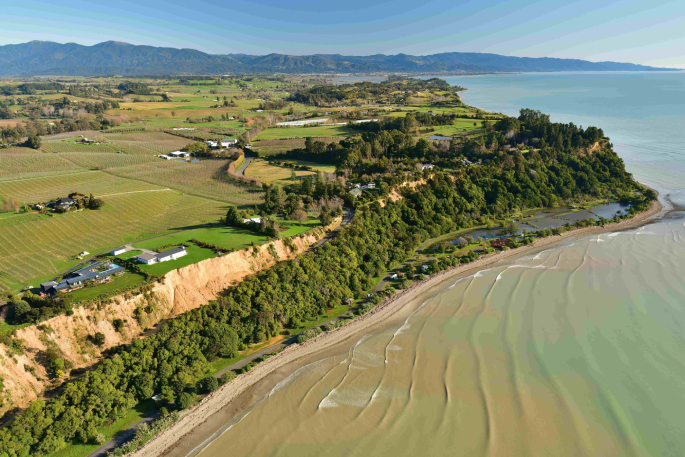Urban planning experts at the University of Waikato are developing a new model to support the translation of natural hazard science and planning of future cities.
“New Zealand has all this amazing knowledge about our natural hazards, but we need to get much better at integrating this into planning for future urban growth,” says Professor Iain White, whose project is funded through the EQC Toka Tū Ake University Research Programme, which invests $4.5 million into natural hazard research over the next three years across five New Zealand Universities.
Iain says the new agent-based model will simulate how ‘agents’ such as developers, planners, and landowners interact with each other so planners can better understand how policy changes, such as with regard to zoning, natural hazards or climate change, affect development behaviour and outcomes.
“We have really good science around climate change and how this might affect hazards, but we need to better understand how our long-term growth plans will intersect with this risk, and how the policy environment shapes developer behaviour.”
Iain says that the new model will enable planners and modellers to look decades ahead to see how policy changes could impact urban growth patterns, which will be hugely beneficial to planners and policy makers in improving current decisions.
EQC supports the project as part of its goal to reduce the impact of natural events on home owners.
Principal advisor for risk reduction and resilience, Dr Wendy Saunders, says that Iain’s project could be a gamechanger for developers to stop building in areas that are likely to be affected by natural hazards.
 Waikato planning cliff. Photo supplied.
Waikato planning cliff. Photo supplied.
“The severe weather events in the past year have shown us how much trauma and financial stress could have been avoided with better planning and making the avoidance of natural hazards, or reducing their impacts, a bigger priority.”
Wendy hopes that the new model will enable planners and developers to look further into the future to make sure new developments avoid or reduce potential hazards that can already be predicted with the available science.
Iain says that councils need more tools to limit developments in potential high hazard areas, and often end up in litigation with developers.
“This new model could help avoid litigation by strengthening the evidence base for better long-term decisions.”
Iain will be supported by a wider team at the University of Waikato, including Dr Xinyu Fu, Dr Sandi Ringham, Dr Silvia Serrao-Neumann and Dr Rob Bell.
There are also two Masters’ students, Joel Bishop and Marcus Fletcher, and a PhD student who will collect the data and construct the modelling of how each stakeholder, or agent, will behave in the future.
“Like a video game, we want to create an agent-based modelling tool to predict how each stakeholder will respond when we change aspects of planning policy, incentives or legislation.
“That way we can more accurately predict how and where our cities could expand over the next 20-30 years under different policy scenarios, and make better decisions now that avoid problems and liabilities for future generations.”



1 comment
oh good science
Posted on 20-03-2024 08:41 | By an_alias
Oh the next great laugh, we have sound science on climate change.....good one. Our models have been fantastic aye Mr Gore and Greta......actually I think the world ended aye Greta a few years back and theres now no ice on the Antarctic aye Al.
Leave a Comment
You must be logged in to make a comment.